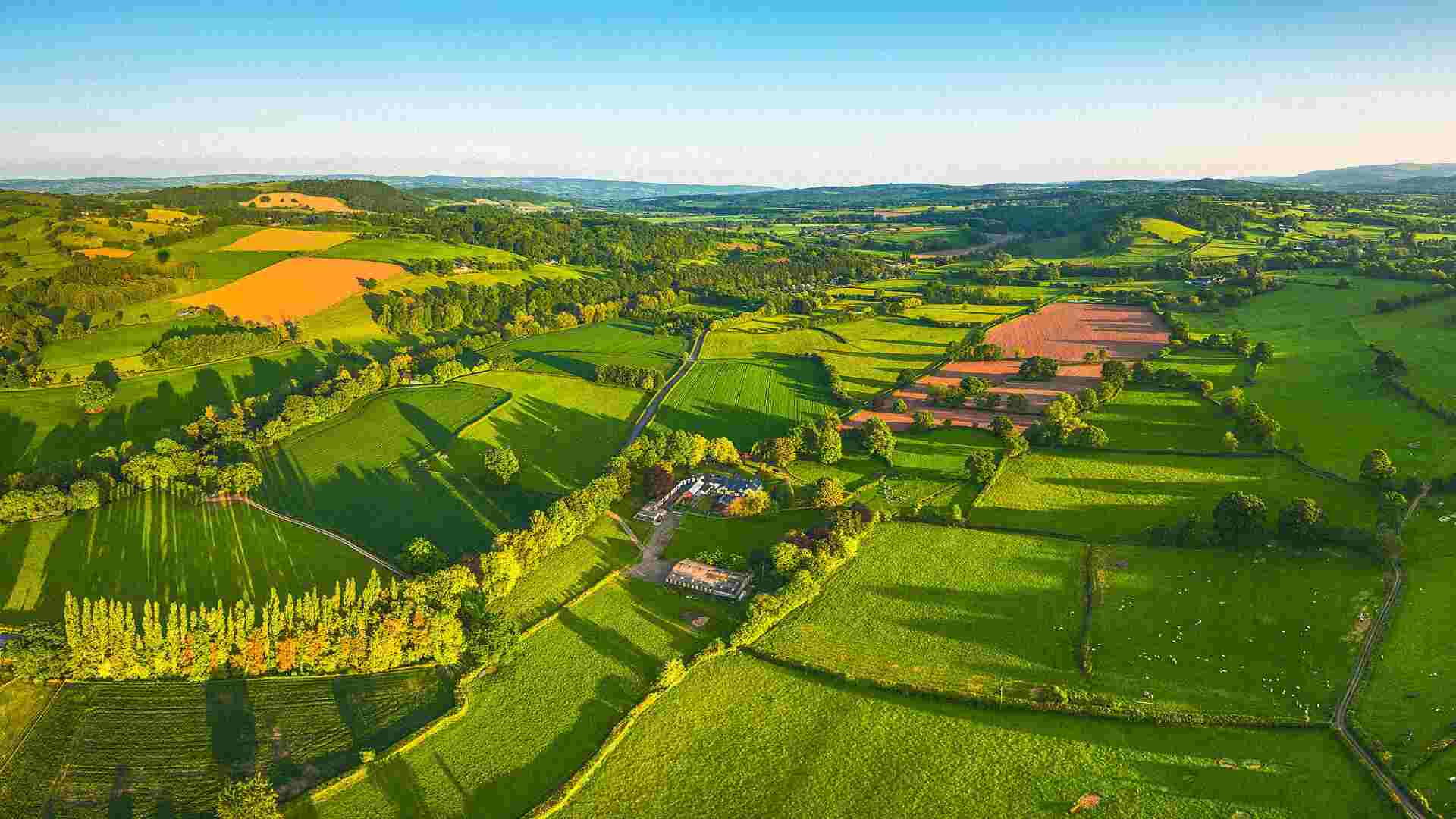- | 8:00 am
The 4 barriers that might stop solar power from taking over
It’s not about price. Here’s what could actually hold solar back.

In a clean energy future, solar power is crucial, which means it needs to be widespread, efficient, and cost-effective. And it looks like it will be: The technology may have already crossed a tipping point, set to dominate the global electricity market before 2050, according to new research. But there are still four major barriers that could hold back our clean energy transition.
Solar is likely to become the main energy source even without any further climate policies. But that doesn’t mean our energy will be 100% solar, or even 100% clean. Solar can be variable; it depends on things like the time of day, so it isn’t always a consistent source of power. “If we don’t include other renewable policy support, quite a lot of what supports [that] solar variability is fossil fuel,” says Femke Nijsse, a lecturer at the University of Exeter’s Global Systems Institute and lead author of a study in Nature Communications on the research.
To get to a full clean energy transition, there’s still policy work to be done—but not where you might think. While the price of solar has been a sticking point for decades, it has dropped nearly 90% since 2009, and it won’t be the most important aspect to tackle going forward.
“At the moment, we see that the bare costs of solar are much cheaper than other variants,” Nijsse says. “But still, you can’t completely get your transition that way. There’s so much more that’s not specific to the costs.” If we want a true clean energy future, Nijsse says, we “need to work on these non-cost barriers.”
GRID RESILIENCE
In addition to time of day, solar as an energy source is affected by seasonal weather changes, and power grids need to be designed to compensate. That will mean including other renewables like wind, having ample electricity storage, or even using transmission lines to link regions so that when it’s sunny in one state, the power can still travel to another where it’s already dark. If these things don’t happen, then fossil fuels may pick up the slack.
According to the International Energy Agency, we’re way behind on building the power lines to support clean energy. Grid adjustments could also come from personal changes, like encouraging people to use energy at off-peak hours, and to be more efficient at times of high demand.
SUPPLY CHAINS
This is a tricky one to plan for, Nijsse admits, but it’s undeniable that a future filled with solar power will rely on lots of metals and minerals (just like electric vehicles do today). Renewable technologies could make up as much as 90% of the demand for lithium by the year 2040—along with 40% of the demand for copper and rare earth elements, and up to 70% of the demand for nickel and cobalt. If the systems for mining and refining those minerals and metals aren’t adequately prepared, or if there aren’t enough to meet the demand, solar development could be delayed. (There are also environmental costs to the mining of these minerals and metals, which could become more of an issue as the demand increases.)
ACCESS TO FINANCE
This barrier sounds as if it’s related to price, but it actually has to do with where the funding for solar is concentrated. Currently, high-income countries have most of the money for clean energy. Even international finance that’s intended to support the development of clean energy, like from Climate Investment Funds, banks, and government agencies, hasn’t reached everywhere. In the Global South, Nijsse says, it’s more expensive to invest in renewables, so if the financing isn’t there, then solar won’t be the cheapest form of electricity to use.
POLITICAL OPPOSITION
Finally, there’s the public perception of solar, and the political opposition that may rise against it. If there aren’t effective policies in place to help people currently in fossil fuel jobs transition into clean energy jobs, there could be strong opposition to new solar farms, because it means some people will be left out of that future. In the Netherlands, there’s a proposed ban on solar on agricultural land, Nijsse notes, in part because of the belief that solar takes away land used for farming (although agrivoltaic projects combine both). “When you do see a lot of poverty attributed, correctly or incorrectly, to the energy transition, then these kinds of countermovements are more likely,” she says.







































